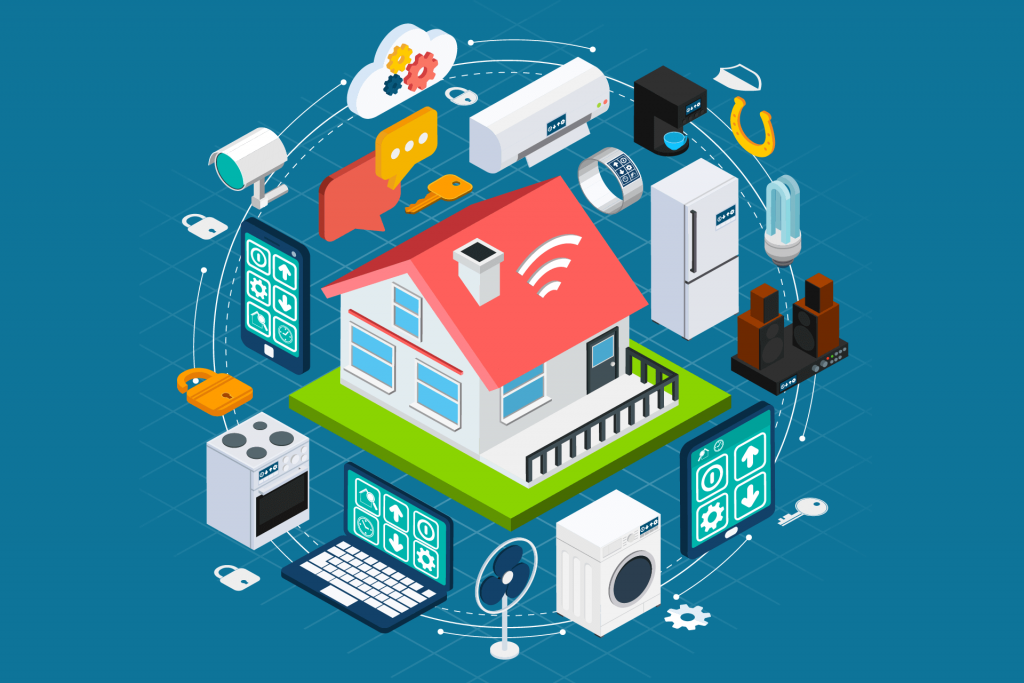RIO DE JANEIRO, BRAZIL – Vivo announced the expansion of its network dedicated to the Internet of Things (IOT) devices to about 400 Brazilian cities, including capitals like São Paulo, Rio de Janeiro, Manaus, Belém, Porto Alegre, and Curitiba.
Using LTE-M and NB-IoT standards, the operator already had a discrete operation with a dedicated network for connected devices in the city of Chapecó (Santa Catarina).
The NB-IoT technology is mainly intended for static devices, such as public lighting, alarm systems and water, light and gas meters. Meanwhile, the LTE-M has better performance in equipment that demands mobility, such as tracking vehicles, animals, objects of high value, or even machinery.
The NB-IoT uses a frequency of 700 MHz, while the LTE-M works at both 700 MHz and 1,800 MHz. These technologies complement the traditional 2G, 3G and 4G networks already used by mobile devices.
In total, NB-IoT and LTE-M coverage reach 47 percent of the Brazilian population and 60 percent of the national GDP. Currently, Vivo has more than 9 million M2M (machine to machine) devices, being the market leader with 41 percent.
In the press release, the operator stated IoT networks will be expanded to more cities over the next months with the aim of reaching all places with 4G from Vivo. Currently, there are 3,169 cities, according to Teleco.
The Internet of Things is a system of interrelated computing devices, mechanical and digital machines, objects, animals or people that are provided with unique identifiers (UIDs) and the ability to transfer data over a network without requiring human-to-human or human-to-computer interaction.
The definition of the Internet of things has evolved due to the convergence of multiple technologies, real-time analytics, machine learning, commodity sensors, and embedded systems.

Traditional fields of embedded systems, wireless sensor networks, control systems, automation (including home and building automation), and others all contribute to enabling the Internet of Things.
In the consumer market, IoT technology is most synonymous with products pertaining to the concept of the “smart home”, covering devices and appliances (such as lighting fixtures, thermostats, home security systems and cameras, and other home appliances) that support one or more common ecosystems, and can be controlled via devices associated with that ecosystem, such as smartphones and smart speakers.
There are a number of serious concerns about dangers in the growth of IoT, especially in the areas of privacy and security; and consequently industry and governmental must begin to address these.

